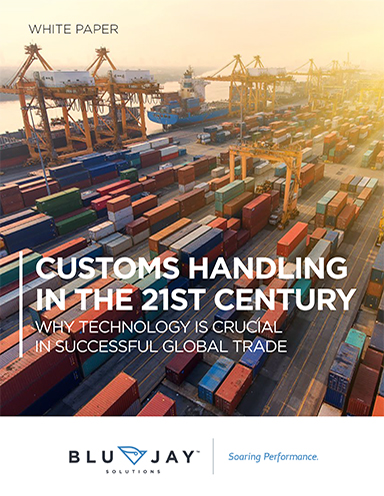Customs enforcement began more than 5,000 years ago. In the high cultures of Egypt and the Orient, customs was widely used to generate tax revenue and contribute to the financing of public expenditures.
While initially conceived as a tariffs or toll for using roads, bridges, and harbour facilities to fund their upkeep, imposing duties developed into an instrument for protecting the domestic economy.
Unwanted competitors from other countries were charged high fees to do business, keeping domestic products competitive. With the growth of industrialization and crossborder marketing of products and raw materials, these protectionist duties began to be seen as a trade barrier.
Nonetheless, methods and measures to protect the domestic economy continued to be developed in individual countries.
In the 20th century, standardized customs regulations were developed. The cornerstone for this was the United Nations’ General Agreement on Tariffs and Trade (GATT) in 1947. The GATT was replaced by the World Trade Organization (WTO) in 1995.
Furthermore, the World Customs Organization was founded in 1995 to harmonize international trade, standardize customs formalities, and fight smuggling.
To further reduce obstacles in international trade, countries also work amongst themselves on agreements that regulate trade, goods, travel, and tariffs. The underlying principle of most economic agreements is reciprocity.







